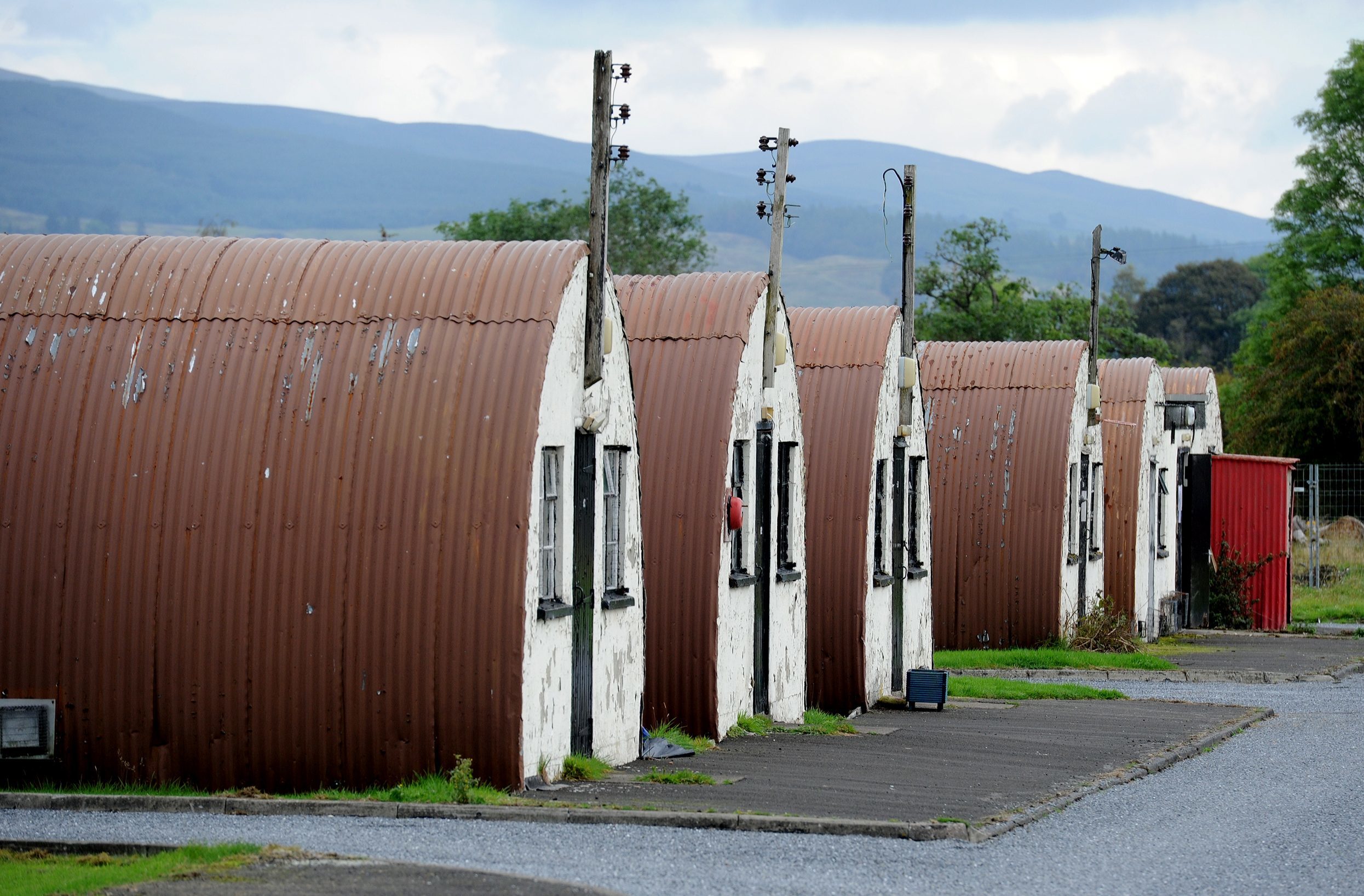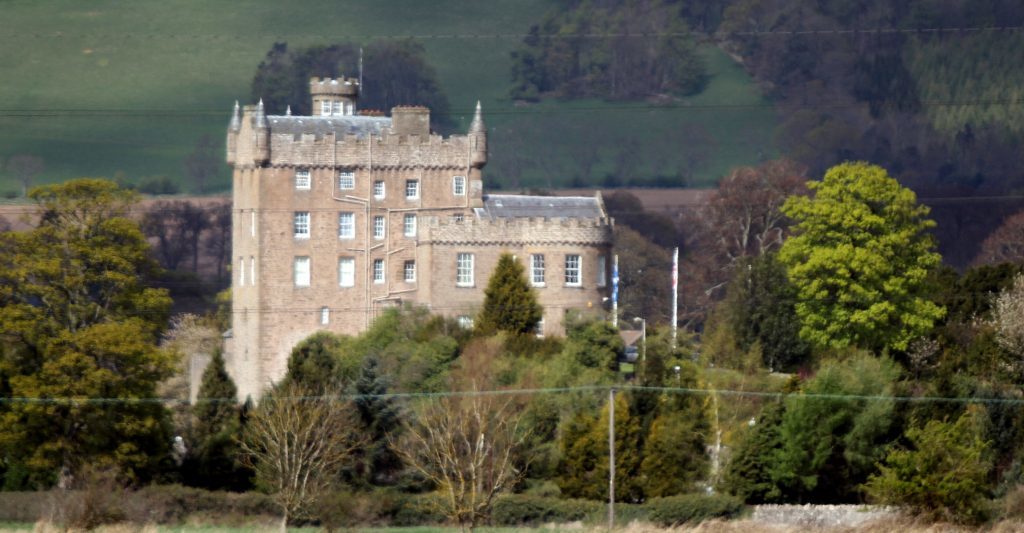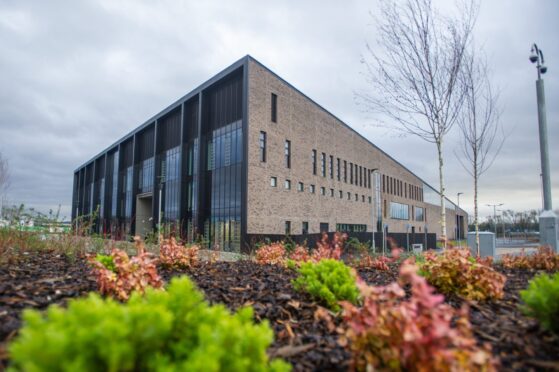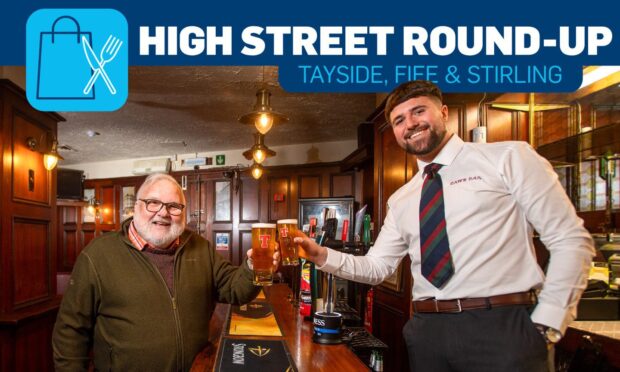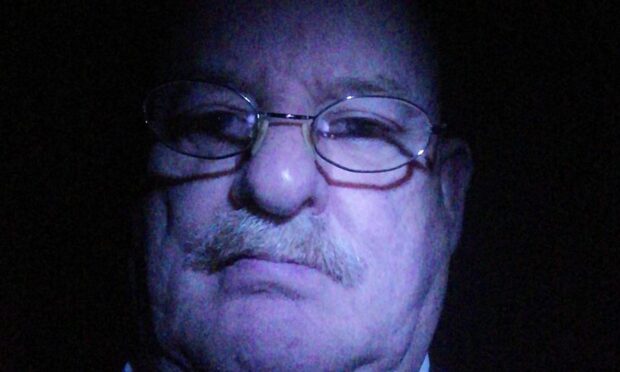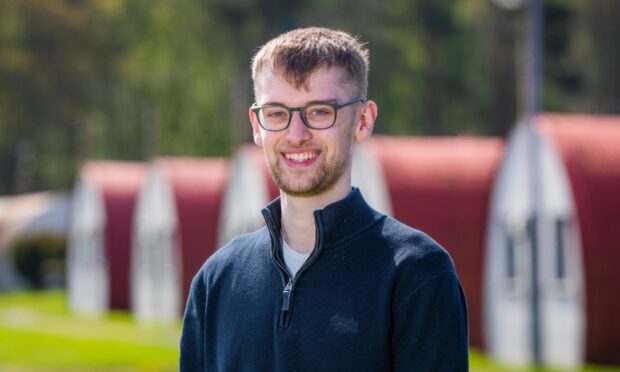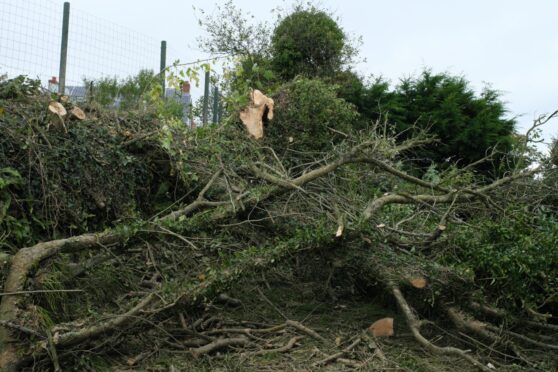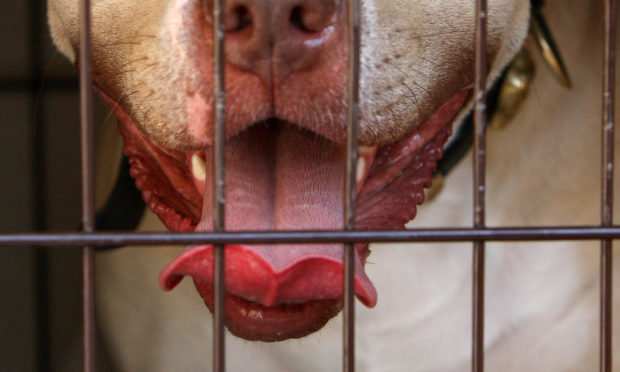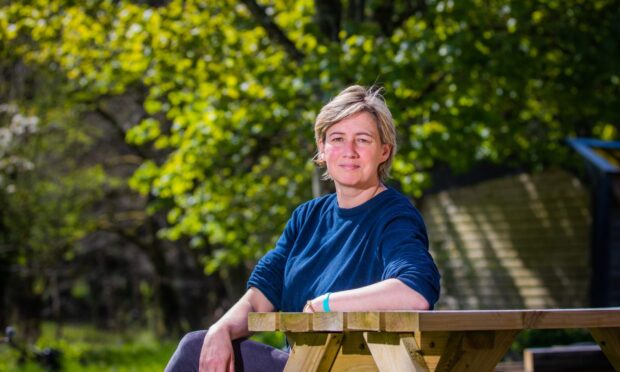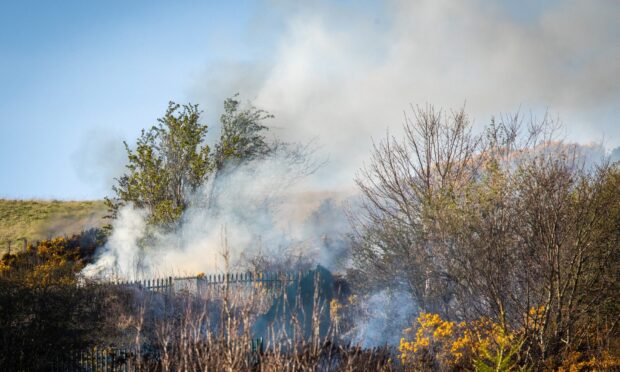Nosing behind the scenes of corporate buildings and peeking into the interiors of usually locked historical sites is the joy of Doors Open Days.
And the latest weekend-long festival in Perth and Kinross offered plenty of opportunity for such exploration.
All manner of historic, civic and interesting buildings threw open their doors, many of which are usually out of bounds.
Other more accessible attractions put on special tours and exhibitions to make sure visitors had something unique to experience.
The biggest event ever held in the region saw 52 participating venues – 10 of those involved for the first time.
Included was a rare chance to see behind the scenes of Perth and Kinross Council’s headquarters, which were renovated just under a year ago.
Visitors were able to stroll around the new council chambers, civic hall, civic lounge and one of the staff floors.
And at Perth Museum and Art Gallery, the doors were opened to the Library Room which houses collections of work and research carried out by the Perthshire Society of Natural Science.
Even more unusual was a chance to take a guided tour of the giant building site on Perth’s western edge.
Visitors were guided through just what it takes to create the roads network for the city’s future expansion.
Historic sites included Cultybraggan Prisoner of War Camp – a perennial favourite at which several of the iconic Nissen huts not normally open the public were unlocked.
Earthquake House in Comrie and Fortingall Church was another interesting participant. It was the first purpose-built earthquake observatory in the western hemisphere and gave Comrie its nickname, the “Shaky Toon”.
Castle Huntly open prison in the Carse of Gowrie also threw open its doors, in a manner of speaking, for a number of pre-arranged visits.
There was also the chance to delve behind the scenes of the region’s emergency services as Blairgowrie and Perth fire stations welcomed the public.
An altogether different Doors Open Days’ event was led by archaeologist David Bowler, who offered guided tours of Greyfriars Burial ground, helping participants make sense of the symbols on the stones and how they record lives and deaths.
The events were organised by Perth and Kinross Heritage Trust as part of the Perth and Kinross Archaeology Year 2017.
